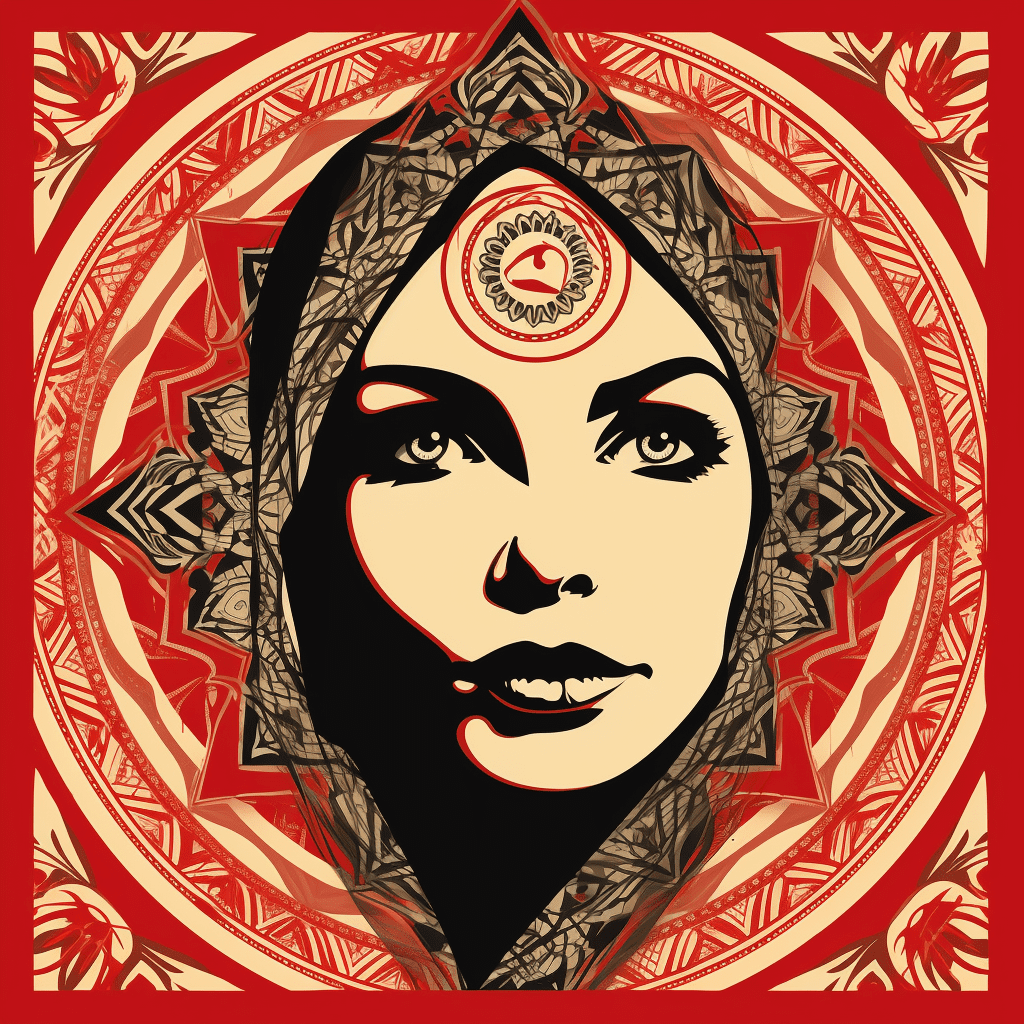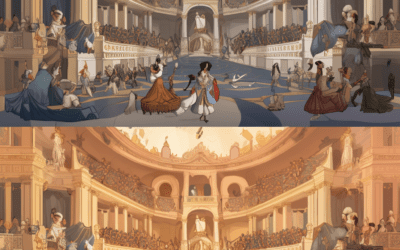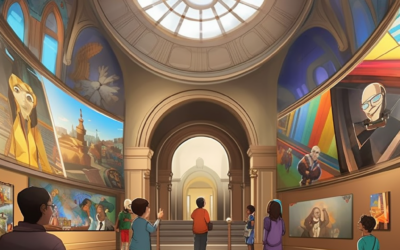Modernism and Beyond: Breaking the Mold in the 20th Century
What was Modernism in the 20th Century?
Modernism was a movement in art, literature, and design that started in the late 19th century and continued into the 20th century. It was all about breaking the traditional rules and doing things in new and different ways. Modernist artists and thinkers believed in experimenting, pushing boundaries, and embracing change.
Exploring New Art Styles
Modernism brought new art styles to the world. One of the most famous art movements was Cubism, which focused on showing objects from different angles at the same time. Artists like Pablo Picasso and Georges Braque used geometric shapes and bold colors to create unique and abstract paintings.
Architecture Gets Modern
In the world of architecture, Modernism brought a whole new way of thinking. Buildings became sleek and functional, with less decoration and more emphasis on clean lines and open spaces. Famous architects like Frank Lloyd Wright and Le Corbusier designed buildings that were simple, practical, and beautiful.
New Ideas in Literature
Modernist writers like Virginia Woolf and James Joyce experimented with new ways of telling stories. They used stream of consciousness writing, where the thoughts and feelings of the characters flowed naturally and without interruption. This was a departure from the traditional linear storytelling style.
Breaking the Mold in Music
Even in music, the Modernist movement had an impact. Composers like Igor Stravinsky and Arnold Schoenberg challenged traditional musical rules and created new sounds that were sometimes controversial. They used dissonance and unconventional rhythms to express their emotions and ideas.
Modernism and Beyond
Modernism paved the way for even more exciting and innovative ideas in the 20th century. It opened doors for artists, architects, writers, and musicians to think outside the box and push boundaries. The ideas and creativity of the Modernist movement continue to inspire and influence artists of today.












